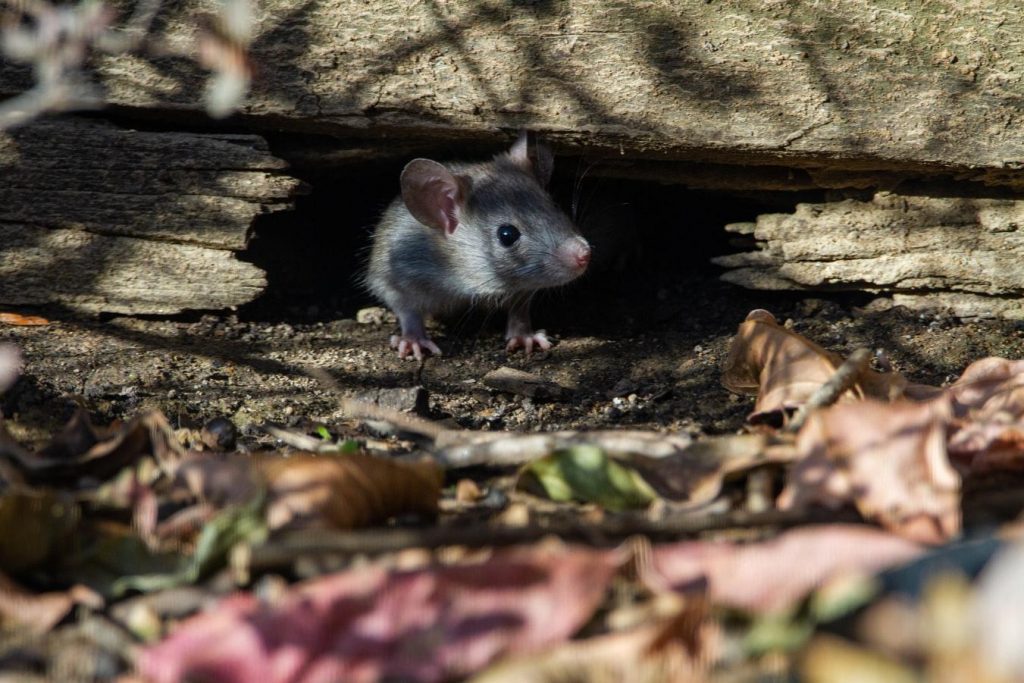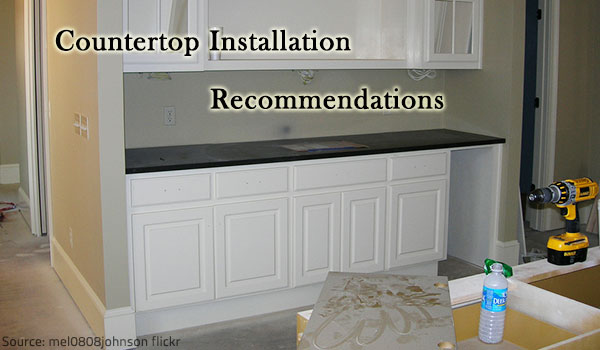4 Home Hazards to Target After a Disaster
No one wants to think about their home getting damaged in a disaster. Unfortunately, it happens. Whether you live in an area with frequent storms or a climate that causes unexpected pests to get in, emergencies are hard to control. There are plenty of things you can do to get your home disaster-ready. Educating yourself and taking proper precautions can help to ensure your safety. But, what happens after a disaster? How can you make sure you and your family stay safe and secure at home as you try to clean up and renovate? Let’s look at some common home hazards to target after a disaster, and how you can avoid danger while fixing things up.
1. Structural Damage
Whether your home has been through a strong storm, a fire, or you’ve got a water leakage, structural damage can be a big problem. Structural damage refers to any type of damage that affects the integrity of your home. Some examples to look for include:
- Cracks in the walls
- Uneven gaps in doors and windows
- Crumbling concrete
- Sagging roof
Some structural damage could be minor, but it’s important to take action right away if you have a foundational issue. That usually requires calling a professional contractor. Smaller issues can often be DIY’d with a bit of renovation knowledge.
If you’re familiar with mortars, renders, and plasters, you might be able to fix your walls and make your home more structurally sound. If, however, your house is on a slab, it’s usually a better idea to call a professional. Structural issues need to be taken care of immediately. Even something like loose screws within the walls can cause extreme damage in a very short time. Stay ahead of the game by paying attention to signs and calling the right people to help.
2. Pest Infestations
Natural disasters involving weather can open up your home to pest infestations. Insects and rodents are looking for shelter just as much as you are. Chances are, though, that you don’t want to share your home with pests.
If you want to pest-proof your house after a disaster, set traps, seal off windows, doors, chimneys, and walls, and keep things as clean as possible. Regularly wash things around the house, especially if your belongings have water damage.
You may need to use pesticides and other chemicals to keep certain bugs and rodents away in some cases. If you haven’t been in your home for a while because of a disaster, you likely won’t find a pleasant scene as pests start falling victim to those traps and chemicals. But, it will go to show you just how quickly an infestation can occur, and how important it is to take care of it immediately.
Look for signs like pest droppings, dirt build-up, strange smells, or gnaw marks on household items when you return home. These are often telltale signs of an infestation, and a red flag that something should be done immediately. Keep in mind that infestations can start on the outside of your home as pests work their way in. If you’re worried about it, pay attention to your home’s exterior after a disaster. Clean up any debris from your yard, make sure there are no openings for animals to get into the house, and consider using pesticides around the house, as well as inside.
3. Water Damage
Water damage is one of the most common problems homeowners face after a disaster. Water in your household is a big deal for several reasons because it can cause a variety of issues.
First, leaks can contribute to structural damage. If any part of your home was damaged in a disaster and you’ve started to notice some leaks in the ceiling or walls, think about what it’s doing to the foundation of your house. It doesn’t take long for water to weaken the integrity of wood and to cause rot.
Water damage can also cause moldMold is a type of fungus that grows in damp or humid conditi... More to grow in your home. Unfortunately, it’s not always easy to spot, especially when it starts to develop inside walls. MoldMold is a type of fungus that grows in damp or humid conditi... More sporesSpores are microscopic reproductive units of fungi or mold t... More can be incredibly dangerous, causing issues like:
- Coughing
- Skin rashes
- Shortness of breath
- Lung irritation
If you or someone in your family has respiratory issues, inhaling moldMold is a type of fungus that grows in damp or humid conditi... More can make you incredibly sick. Detecting leaks early after a disaster is key in preventing moldMold is a type of fungus that grows in damp or humid conditi... More growth and getting ahead of structural issues. Finding them early can even help to prevent things like slips and falls.
You can use a water leak detection device to determine if there is any leaking happening from the pipes in your walls. Additionally, pay attention to some of the telltale signs, like water spots, low water pressure, and musty-smelling rooms.
4. Carbon Monoxide Poisoning
Carbon monoxide poisoning can be a major issue depending on your steps during/after a disaster. The most important thing is to have a detector in your home – right next to your smoke alarm.
Why is it such a problem after a disaster? Carbon monoxide can release from generators, grills, stoves, and other gas-burning devices. If you’ve been without power and you’re trying to find ways to stay warm or generate electricity, these devices can help. But, they should never be used indoors.
According to the CDC, more than 400 people die every year from non-fire-related CO poisoning. Some of the most common signs are:
- Breathing problems
- Confusion
- Convulsions
- Dizziness
- Fainting
- Drowsiness
The use of generators and other heating devices can be extremely helpful after a disaster. But make sure you know how to use them properly and safely. Having a generator outside your house will make it easier to start restoring things faster.
Going through a disaster is difficult enough. Make sure you know how to keep yourself and your family safe from home hazards after one occurs. Understanding these risks will make it easier to renovate properly so things can get back to normal. While there are many renovations you might be able to handle on your own, don’t feel obligated to tackle everything. Take the time to call a professional when it’s necessary and get rid of some of the weight on your shoulders. When you know some of the common home hazards to target, you can tackle them right away to help your family feel safe and comfortable at home again.













